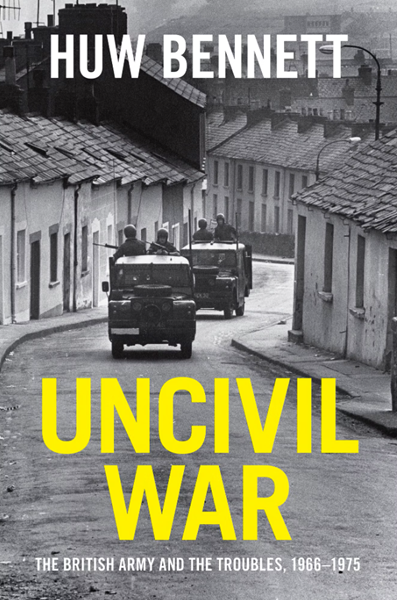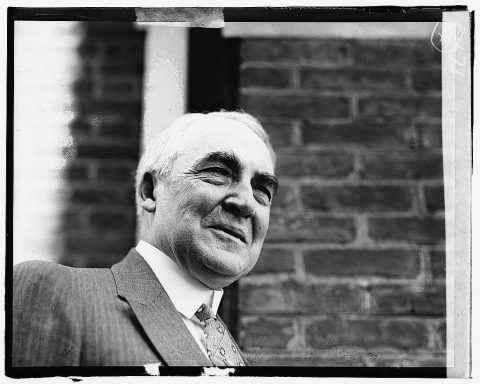 The chaotic nature of the fragmentation of the Western Roman Empire makes a short recounting of its history difficult but a sense of chronology and how this all played out is going to be necessary so I will try to just hit the highlights.
The chaotic nature of the fragmentation of the Western Roman Empire makes a short recounting of its history difficult but a sense of chronology and how this all played out is going to be necessary so I will try to just hit the highlights.
First, its important to understand that the Roman Empire of the fourth and fifth centuries was not the Roman Empire of the first and second centuries (all AD, to be clear). From 235 to 284, Rome had suffered a seemingly endless series of civil wars, waged against the backdrop of worsening security situations on the Rhine/Danube frontier and a peer conflict in the east against the Sassanid Empire. These wars clearly caused trade and economic disruptions as well as security problems and so the Roman Empire that emerges from the crisis under the rule of Diocletian (r. 284-305), while still powerful and rich by ancient standards, was not as powerful or as rich as in the first two centuries and also had substantially more difficult security problems. And the Romans subsequently are never quite able to shake the habit of regular civil wars.
One of Diocletian’s solutions to this problem was to attempt to split the job of running the empire between multiple emperors; Diocletian wanted a four emperor system (the “tetrarchy” or “rule of four”) but what stuck among his successors, particular Constantine (r. 306-337) and his family (who ruled till 363), was an east-west administrative divide, with one emperor in the east and one in the west, both in theory cooperating with each other ruling a single coherent empire. While this was supposed to be a purely administrative divide, in practice, as time went on, the two halves increasing had to make do with their own revenues, armies and administration; this proved catastrophic for the western half, which had less of all of these things (if you are wondering why the East didn’t ride to the rescue, the answer is that great power conflict with the Sassanids). In any event, with the death of Theodosius I in 395, the division of the empire became permanent; never again would one man rule both halves.
We’re going to focus here almost entirely on the western half of the empire […]
The situation on the Rhine/Danube frontier was complex. The peoples on the other side of the frontier were not strangers to Roman power; indeed they had been trading, interacting and occasionally raiding and fighting over the borders for some time. That was actually part of the Roman security problem: familiarity had begun to erode the Roman qualitative advantage which had allowed smaller professional Roman armies to consistently win fights on the frontier. The Germanic peoples on the other side had begun to adopt large political organizations (kingdoms, not tribes) and gained familiarity with Roman tactics and weapons. At the same time, population movements (particularly by the Huns) further east in Europe and on the Eurasian Steppe began creating pressure to push these “barbarians” into the empire. This was not necessarily a bad thing: the Romans, after conflict and plague in the late second and third centuries, needed troops and they needed farmers and these “barbarians” could supply both. But […] the Romans make a catastrophic mistake here: instead of reviving the Roman tradition of incorporation, they insisted on effectively permanent apartness for the new arrivals, even when they came – as most would – with initial Roman approval.
This problem blows up in 378 in an event – the Battle of Adrianople – which marks the beginning of the “decline and fall” and thus the start of our “long fifth century”. The Goths, a Germanic-language speaking people, pressured by the Huns had sought entry into Roman territory; the emperor in the East, Valens, agreed because he needed soldiers and farmers and the Goths might well be both. Local officials, however, mistreated the arriving Goth refugees leading to clashes and then a revolt; precisely because the Goths hadn’t been incorporated into the Roman military or civil system (they were settled with their own kings as “allies” – foederati – within Roman territory), when they revolted, they revolted as a united people under arms. The army sent to fight them, under Valens, engaged foolishly before reinforcements could arrive from the West and was defeated.
In the aftermath of the defeat, the Goths moved to settle in the Balkans and it would subsequently prove impossible for the Romans to move them out. Part of the reason for that was that the Romans themselves were hardly unified. I don’t want to get too deep in the weeds here except to note that usurpers and assassinations among the Roman elite are common in this period, which generally prevented any kind of unified Roman response. In particular, it leads Roman leaders (both generals and emperors) desperate for troops, often to fight civil wars against each other, to rely heavily on Gothic (and later other “barbarian”) war leaders. Those leaders, often the kings of their own peoples, were not generally looking to burn the empire down, but were looking to create a place for themselves in it and so understandably tended to militate for their own independence and recognition.
Indeed, it was in the context of these sorts of internal squabbles that Rome is first sacked, in 410 by the Visigothic leader Alaric. Alaric was not some wild-eyed barbarian freshly piled over the frontier, but a Roman commander who had joined the Roman army in 392 and probably rose to become king of the Visigoths as well in 395. Alaric had spent much of the decade before 410 alternately feuding with and working under Stilicho, a Romanized Vandal, who had been a key officer under the emperor Theodosius I (r. 379-395) and a major power-player after his death because he controlled Honorius, the young emperor in the West. Honorius’ decision to arrest and execute Stilicho in 408 seems to have precipitated Alaric’s move against Rome. Alaric’s aim was not to destroy Rome, but to get control of Honorius, in particular to get supplies and recognition from him.
That pattern: Roman emperors, generals and foederati kings – all notionally members of the Roman Empire – feuding, was the pattern that would steadily disassemble the Roman Empire in the west. Successful efforts to reassert the direct control of the emperors on foederati territory naturally created resentment among the foederati leaders but also dangerous rivalries in the imperial court; thus Flavius Aetius, a Roman general, after stopping Attila and assembling a coalition of Visigoths, Franks, Saxons and Burgundians, was assassinated by his own emperor, Valentinian III in 454, who was in turn promptly assassinated by Aetius’ supporters, leading to another crippling succession dispute in which the foederati leaders emerged as crucial power-brokers. Majorian (r. 457-461) looked during his reign like he might be able to reverse this fragmentation, but his efforts at reform offended the senatorial aristocracy in Rome, who then supported the foederati leader Ricimer (half-Seubic, half-Visigoth but also quite Romanized) in killing Majorian and putting the weak Libius Severus (r. 461-465) on the throne. The final act of all of this comes in 476 when another of these “barbarian” leaders, Odoacer, deposed the latest and weakest Roman emperor, the boy Romulus Augustus (generally called Romulus Augustulus – the “little” Augustus) and what was left of the Roman Empire in the west ceased to exist in practice (Odoacer offered to submit to the authority of the Roman Emperor in the East, though one doubts his real sincerity). Augustulus seems to have taken it fairly well – he retired to an estate in Campania originally built by the late Republican Roman general Lucius Licinius Lucullus and lived out his life there in leisure.
The point I want to draw out in all of this is that it is not the case that the Roman Empire in the west was swept over by some destructive military tide. Instead the process here is one in which the parts of the western Roman Empire steadily fragment apart as central control weakens: the empire isn’t destroyed from outside, but comes apart from within. While many of the key actors in that are the “barbarian” foederati generals and kings, many are Romans and indeed (as we’ll see next time) there were Romans on both sides of those fissures. Guy Halsall, in Barbarian Migrations and the Roman West (2007) makes this point, that the western Empire is taken apart by actors within the empire, who are largely committed to the empire, acting to enhance their own position within a system the end of which they could not imagine.
It is perhaps too much to suggest the Roman Empire merely drifted apart peacefully – there was quite a bit of violence here and actors in the old Roman “center” clearly recognized that something was coming apart and made violent efforts to put it back together (as Halsall notes, “The West did not drift hopelessly towards its inevitable fate. It went down kicking, gouging and screaming”) – but it tore apart from the inside rather than being violently overrun from the outside by wholly alien forces.
Bret Devereaux, “Collections: Rome: Decline and Fall? Part I: Words”, A Collection of Unmitigated Pedantry, 2022-01-14.













